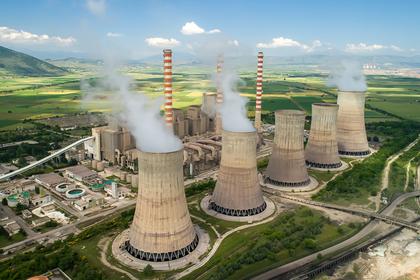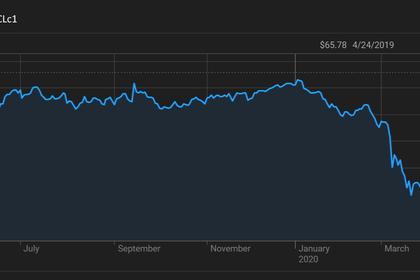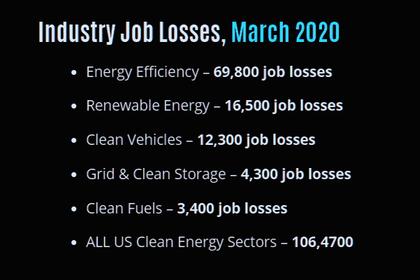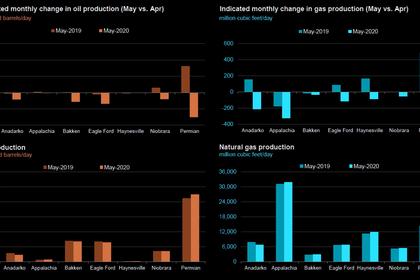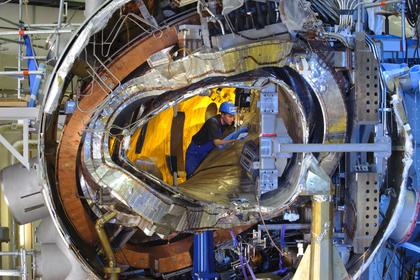
U.S. ENERGY PRODUCTION UP, CONSUMPTION DOWN
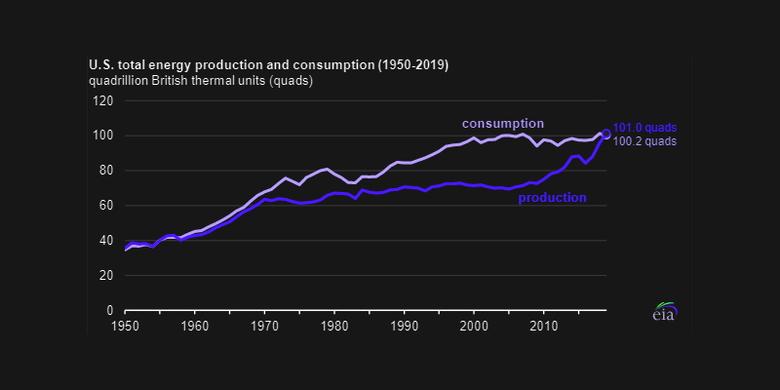
U.S. EIA - APRIL 28, 2020 - In 2019, for the first time since 1957, energy production exceeded energy consumption in the United States on an annual basis, according to the U.S. Energy Information Administration’s (EIA) Monthly Energy Review. The United States produced 101.0 quadrillion British thermal units (quads) of energy and consumed 100.2 quads last year. After both energy production and consumption hit record highs in 2018, U.S. energy production in 2019 grew 5.7%, and energy consumption decreased by 0.9%.
U.S. domestic energy production has grown substantially during the past decade. The growth is largely a result of increases in crude oil and natural gas production from hydraulic fracturing and horizontal drilling. In 2019, U.S. crude oil and natural gas plant liquids (NGPL) production totaled 31.8 quads, and natural gas production equaled 34.9 quads. Both values are record highs in the United States, surpassing their previous highs set in 2018.
U.S. renewable energy production remained fairly constant between 2018 and 2019, growing by about 0.1 quad. In contrast, U.S. coal production declined for the third year in a row, falling by 1.1 quads to 14.3 quads, its lowest point since 1974. U.S. nuclear electric power production has remained steady at nearly 8 quads for the past two decades.
U.S. energy consumption has remained in a relatively narrow range in the past two decades, ranging between 96 quads and 102 quads. Petroleum has accounted for the largest share of U.S. energy consumption since 1950, even though it has fallen nearly 9% from its peak in 2005. Since 2008, U.S. coal consumption has decreased nearly 50%, primarily because coal has been displaced by natural gas and renewables in the electricity sector.
U.S. natural gas consumption has increased by about 35% since 2000 and reached an all-time high in 2019. Renewable energy consumption in the United States—which includes renewable-powered electricity generation, biofuels, and biomass—has grown by 88% during the same period, and its share of consumption was nearly the same as coal in 2019.
In both 2019 and 1957, the last year in which U.S. energy production exceeded energy consumption, fossil fuels accounted for the vast majority of energy production in the United States. Coal’s share of U.S. energy production has fallen from 30% in 1957 to 14% in 2019; the share from crude oil and NGPL production combined has decreased from 38% to 31%.
Natural gas’s share of U.S. energy production increased from 25% to 35% in those years. Renewables’ share also increased, from 6% in 1957 to 12% in 2019. Nuclear energy, which accounted for virtually no U.S. energy production in 1957—the year that nuclear-powered electricity generation came online in the United States—has since grown and, most recently, represented 8% of U.S. total energy production in 2019.
The sources of U.S. energy consumption have generally followed the same trends as energy production during the past 62 years. Petroleum remains the largest source of energy consumption in the United States, but its share has decreased from 43% in 1957 to 37% in 2019. Natural gas grew from 24% to 32% of U.S. energy consumption. Renewables and nuclear energy also account for larger shares of consumption now than in 1957, but coal’s share has fallen from 26% to 11% since then.
-----
Earlier:
